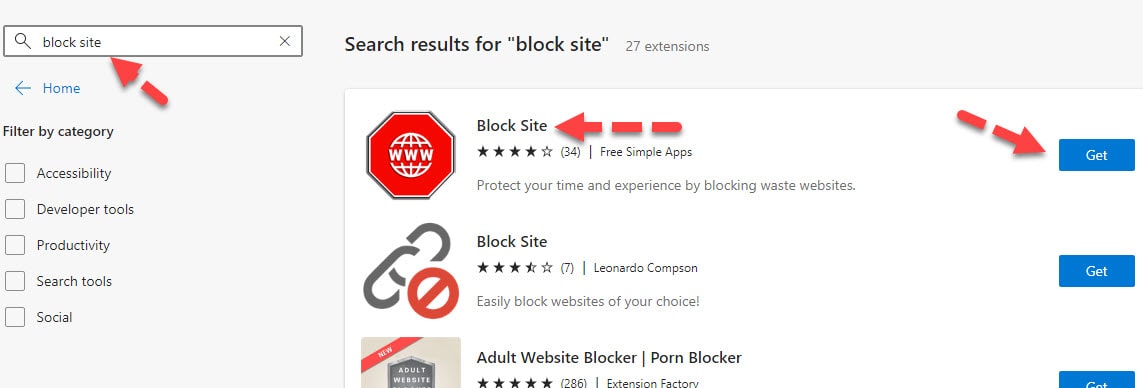
The next screenshot is an example of a warning for a malicious file.įiles that are unknown show a warning to let the user know that the download doesn't have a known footprint and advise caution. Microsoft Defender SmartScreen determines whether a downloaded app or app installer is potentially malicious based on many criteria, such as download traffic, download history, past anti-virus results, and URL reputation.įiles with a known safe reputation will download without any notification.įiles with a known malicious reputation show a warning to let the user know that the file is unsafe and has been reported as malicious. For more information, see how to report a site. Users are given the option of reporting a site as safe or unsafe within the warning message. The next screenshot shows an example of a Microsoft Defender SmartScreen warning page when a user tries to open a malicious website. If Microsoft Defender SmartScreen determines that a page is malicious, it will show a warning page to notify the user that that site is reported as unsafe.

Data is received from many sources, including user feedback, data providers, and intelligence models.

Understand how Microsoft Defender SmartScreen worksĪ number of inputs contribute to Microsoft Defender SmartScreen warnings.

These benefits are described in detail in the Microsoft Defender SmartScreen documentation. Microsoft Defender SmartScreen provides several benefits, which are summarized in the following list. The benefits of Microsoft Defender SmartScreen Before Windows 10, version 1703, this feature was called the SmartScreen filter when used within the browser and Microsoft SmartScreen when used outside of the browser.


 0 kommentar(er)
0 kommentar(er)
